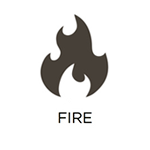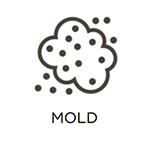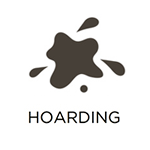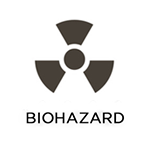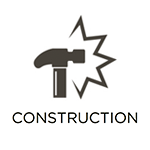RestorationMaster
[call](888) 915-7197[/call]
In the situation that water damage incurs on your property, the water will flow to the areas of least resistance. When this occurs, all subfloors and substructures will be affected first. In addition, porous materials, including drywall, paint, and fabrics will quickly soak up the majority of water. After the damage has been incurred, the materials will become discolored, swelled, and detached at the seams. Over time, they will then dissolve and spread to other areas and content on your property. Even if the water does evaporate quickly, it can affect the ceiling building materials, ceiling fans, and other high areas of the walls.
 Using Products and Drying Equipment
Using Products and Drying Equipment
RestorationMaster has years of experience in effectively using advanced equipment and products for water damage. We are also licensed and insured to guarantee that your property will be restored to its original condition. Finally, we hold training sessions both on-the-job and in a classroom setting to remain updated on the latest cleaning techniques and methods. Finally, you can have your peace of mind restored during this stressful time as a result of effective and efficient water damage cleanup services.
Of course, not all information provided in the drying process may apply to your situation, you can get a better understanding of our procedures. However, if you have any questions regarding our flood extraction services, you can refer to our water damage FAQ.
In our mission to restore your property to its previous condition, there are several steps in the drying process:
Step 1: Emergency Services
Upon arrival, the RestorationMaster technician will provide you with a Statement of Authorization that requires your signature to allow us to begin the work. We will then start by determining if the state of your carpet will allow for it to be dried in place, removed for restoration, or replaced. If it is salvageable, we will extract the majority of water using our high-velocity air movers and dehumidifiers. Ultimately, we will create the proper conditions for the drying process to allow for maximum efficiency. If the carpet has been damaged by contaminated water, we will have it disinfected to inhibit the growth of bacteria. If your carpet is thick, it will be carefully removed to enhance the drying process. If the pad is not salvageable, a sample will be taken back to our facility to be identified for ordering a replacement.
Examination of the Affected Area
In order to properly monitor the equipment, moisture levels, and temperature, it is necessary for the technician to have access to your property throughout the process. You can schedule appointments with the RestorationMaster office during normal business hours at a time that works best for you.
Step 2: Reinstallation/Restoration
Although the carpeting may not need to be restored, sometimes the padding may need to be replaced before reinstallation. This will include the following procedures: restretching, attaching the tack strip, repairing the seam, and replacing the threshold. The carpet will then be deodorized and cleaned through in-place drying. After this is done, the drying equipment will be removed.
Step 3: Structure Repairs
The damage within the building materials will first be inspected before beginning the restoration process. Keep in mind that they may need to be removed before they can be restored. These materials include all ceilings, drywall, and hard surface flooring. For more information regarding which services will be required, you can check out our water restoration checklist.
Step 4: Water Damage Prevention
As the drying process may take up to 3 weeks in order to have all affected materials properly restored, there are measures you can take to significantly reduce the chances of future damage. Please visit our page on how to prevent water damage for more information.



